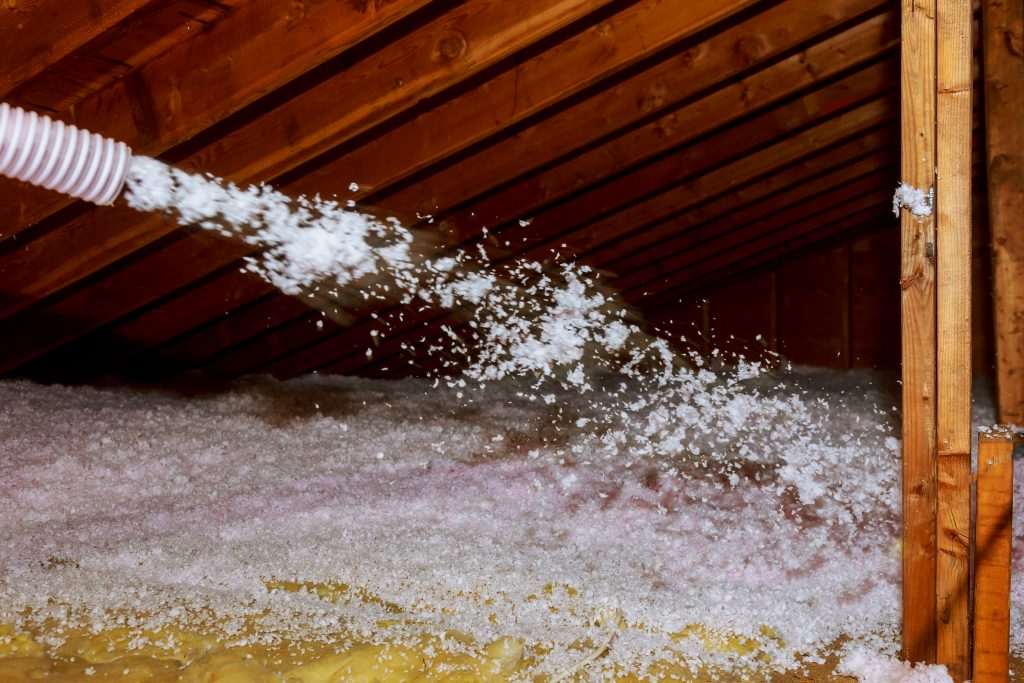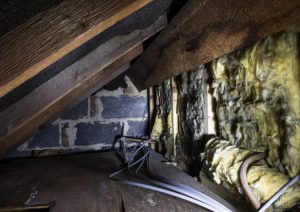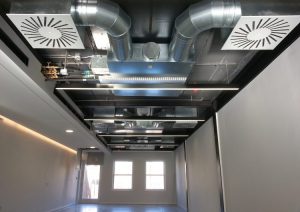Did you know that about 90% of US homes are under-insulated?1 This means that they are losing energy and spending lots of money on energy bills. As a homeowner, having your attic insulated is one of the best decisions you can ever make. This will keep your home’s temperature at comfortable levels and save you money. Here’s a look at your attic insulation requirements.
How much attic insulation do you need?
The amount of attic insulation needed for your home is dependent on two factors;
Local climate – the R-value of the insulation is dependent on where you live. The colder the climate, the higher the R-value of the attic insulation.
How old your house is – with time, attic insulation wears off. If your home is more than 10 years, there’s a high chance you will have to replace the insulation.
Before deciding how much insulation you will install in the attic, you should have an attic inspection to determine the current state of insulation. Does it measure up to the recommended R-Value in your area? An attic inspection will also highlight issues like air leaks, damaged insulation, pest damage, etc.
Choosing your attic insulation material
The R-value is simply a unit of measurement for your insulation’s resistance to heat flow. The higher the R-value, the more effective the insulation is. Here are the top insulation materials you should consider for your home.
Blanket batts and roll
This type of insulation is suitable for DIY projects and is packaged like a rolled blanket. It comes in different width and thickness and all you need to do is cut the materials into the desired sizes to fit around your attic.
Batts and rolls are recommended for attics with few obstructions and lots of headspace and are available in materials such as wool, fiberglass, wool, and natural and plastic fibers.
Sprayed foam insulation
Sprayed foam insulation is one of the most expensive but also has one of the highest R-values. For this type of insulation, foam is sprayed all over the attic after which it expands and solidifies.
The dry foam creates a very effective air and water barrier, keeping your attic fully insulated. It also doesn’t affect the structural integrity of your attic and considerably reduces the chances of mold growth in your home.
Loose-fill insulation
For this type of insulation, a blower is used to disperse small granules into the attic. It is relatively cheap and you can either choose loose-fill cellulose or loose-fill fiberglass. The downside to loose-fill insulation is the material may shift over time.
Top Insulation Requirements
Before insulating your attic, make sure that all leaks are sealed to prevent the growth of mold. Make sure you get attic insulation experts to conduct an energy audit and identify the best attic insulation for your home.
Links to sources used
- Ninety Percent of U.S. Homes Are Under Insulated – https://www.prnewswire.com/news-releases/ninety-percent-of-us-homes-are-under-insulated-300151277.html




